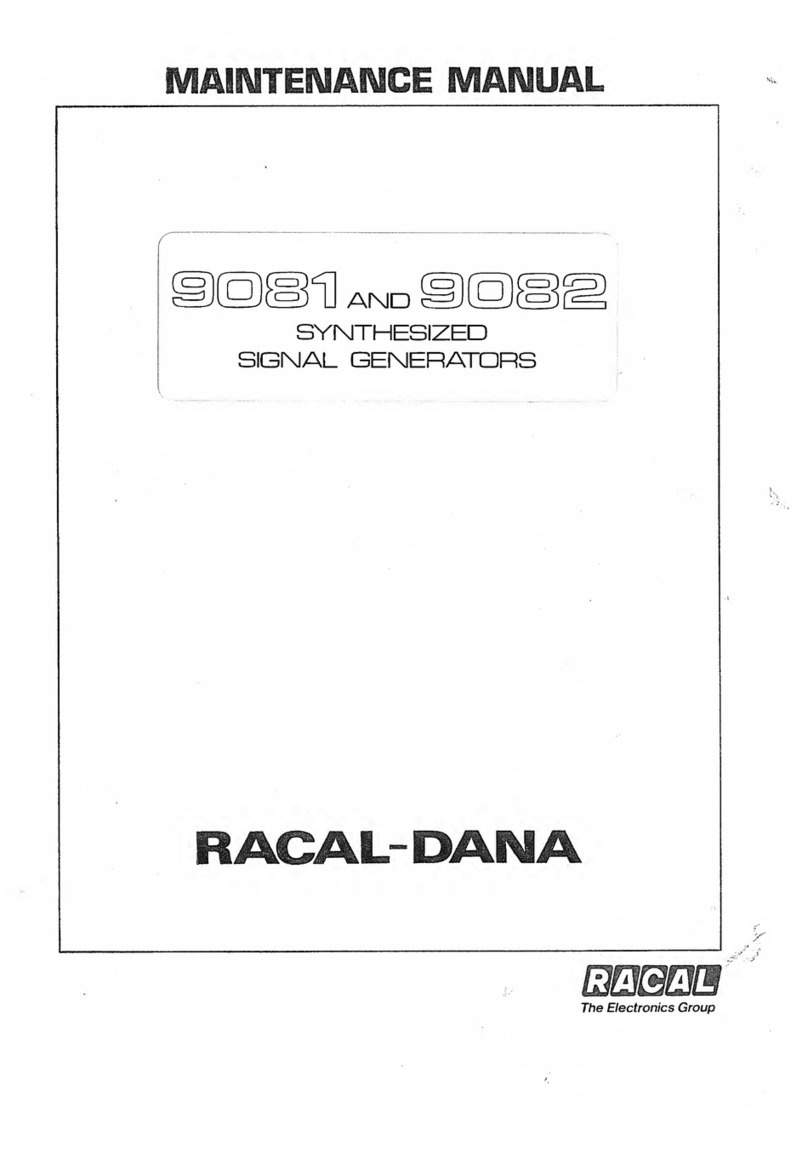
User Manual 3155
iii
The Opening Screen...................................................................................................................3-3
WaveCAD Features....................................................................................................................3-6
The Control Panels....................................................................................................................3-6
The Main Panel...................................................................................................................3-7
Waveforms..............................................................................................................................3-8
Operating Modes.....................................................................................................................3-9
SYNC Output...........................................................................................................................3-9
TTLTrig Output........................................................................................................................3-9
Output......................................................................................................................................3-9
The Standard Waveforms Panel......................................................................................3-10
Parameters...........................................................................................................................3-10
Frequency.............................................................................................................................3-10
10 MHz Ref...........................................................................................................................3-11
Waveforms............................................................................................................................3-12
The Arbitrary & Sequence Panel.....................................................................................3-12
Parameters...........................................................................................................................3-13
Sample Clock........................................................................................................................3-14
10 MHz Ref...........................................................................................................................3-14
Sequence Advance...............................................................................................................3-14
Using the Segment Table..................................................................................................3-15
Using the Sequence Table................................................................................................3-17
The Trigger Panel..............................................................................................................3-19
Trigger Parameters...............................................................................................................3-19
Slope.....................................................................................................................................3-20
Source...................................................................................................................................3-20
Arm........................................................................................................................................3-20
The Modulation Panel.......................................................................................................3-21
Frequency Modulation...........................................................................................................3-21
FSK.......................................................................................................................................3-23
Sweep...................................................................................................................................3-24
The Utility Panel................................................................................................................3-25
Multi-Instrument Synchronization Control.............................................................................3-25
Filter.......................................................................................................................................3-26
System Commands ..............................................................................................................3-26
The System and Command Editor...........................................................................................3-27
Communication.....................................................................................................................3-27
System Commands ..............................................................................................................3-28
Command Editor...................................................................................................................3-28
The Waveform Composer........................................................................................................3-29





























